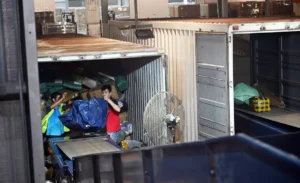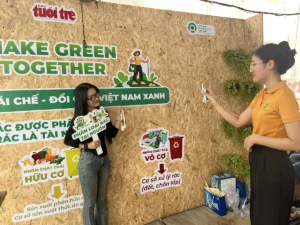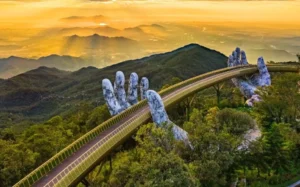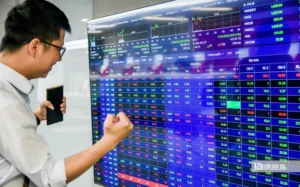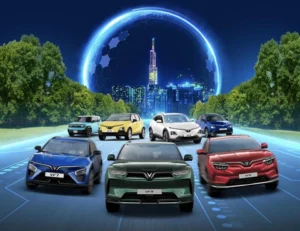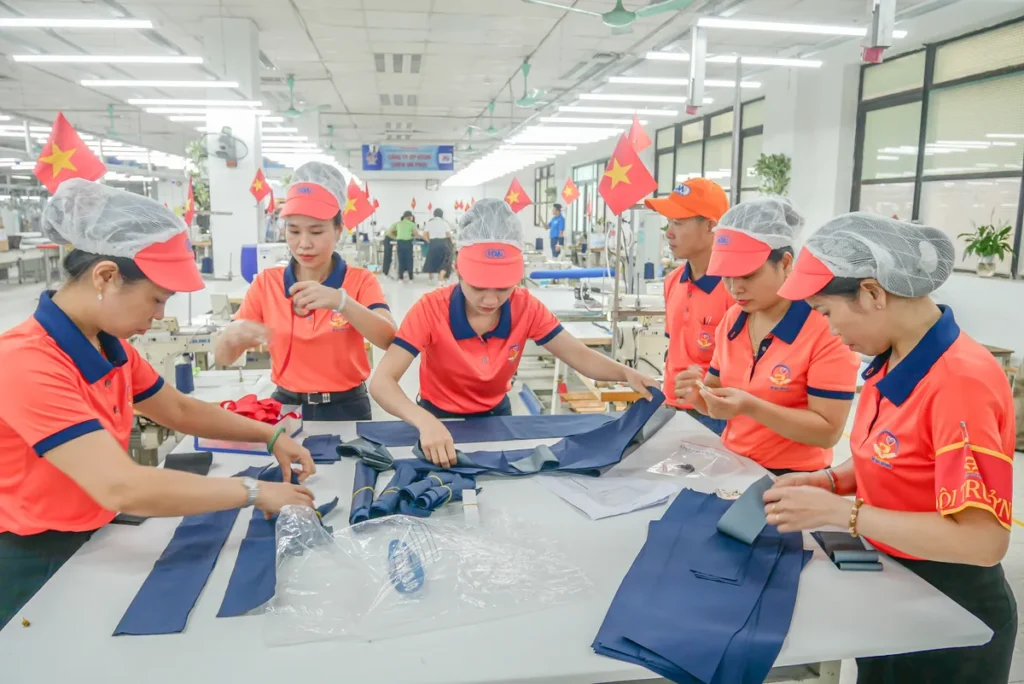Circular economy has become a mandatory trend for countries. This is also a top priority in Vietnam’s economic development strategy.
In the context of increasingly depleted resources, the problem of economic and environmental benefits is urgent, the world focuses on sustainable development goals and responding to climate change, circular economy becomes a mandatory trend for countries. This is also the top priority in Vietnam’s economic development strategy.
Lessons learned from other countriesCircular economy is an economic model that aims to use resources in a sustainable way by reusing, recycling and extending product life cycles. Accordingly, instead of the traditional linear economic model, the circular economy revolves around minimizing waste, maximizing the value of products and materials. Applying the circular economy is a strong trend in the world because of the many economic, environmental and social benefits it brings such as: Creating opportunities for economic growth, creating jobs and reducing environmental impact.
In recent years, the circular economy has received worldwide attention and many countries have successfully implemented this model. Take China for example. As one of the countries with the second largest economy in the world, China has been facing serious problems related to environmental pollution due to the largest amount of waste in the world. According to statistics, China discharges hundreds of millions of tons of waste every year. Therefore, since 2000, China has developed many policies and regulations related to the circular economy implemented at three levels: micro, meso and macro, referring to the enterprise level, the relationship between enterprises and eco-industrial parks, the eco-city level, the province and the region. Multi-level policies in China are often developed and implemented through a top-down approach, from the central government to provinces, cities and factories through setting targets, creating indicators for different industries and testing with various pilots.
Another example is Japan. In recent years, Japan has been one of the largest producers of plastic products, so plastic waste pollution is a major environmental problem for the country. Japan has been orienting its circular economy development strategy since 1991 with the goal of becoming a “recycling-based society”. In 1995, Japan enacted the Packaging Recycling Act to classify waste, collect sorted waste, and recycle containers and packaging waste. Japan promotes the “3R” initiative and enacted the Law on Promotion and Recycling of Plastic Waste. To date, many Japanese companies have aimed to reduce single-use plastic products by replacing them with other materials or reducing their quantity; replacing plastic products with paper products, especially packaging materials, which are environmentally friendly. In Japan, paper is one of the types of waste with the highest recycling rate, up to 79%. Japan also became the second country in the world in managing plastic waste, with a plastic recycling rate of up to 85%.
Meanwhile, in Southeast Asia, Thailand is promoting the Bio-Green-Circular economy model, which encourages the application of advanced techniques that add value to products with little or no impact on the environment. With the goal of achieving carbon neutrality by 2050, Thailand is working to reduce greenhouse gas emissions by adopting the BCG model, seeing it as a path towards green, sustainable economic development.
All the experiences and achievements of the leading countries in building and developing a circular economy leave many lessons, directions and paths for Vietnam.
Top priority in Vietnam’s economic development strategy
According to World Bank data, water pollution could cost Vietnam up to 3.5% of its GDP by 2035. Vietnam is among the countries most vulnerable to climate change. It is forecasted that climate change and natural disasters could cost Vietnam up to 11% of its GDP by 2030. Therefore, in order to implement sustainable development goals and international commitments that Vietnam has signed, the approach of transforming the model from a “linear economy” to a “circular economy” should be considered a priority in the country’s new development phase.
In that context, the application of circular economy associated with sustainable development and green growth has been receiving special attention in recent years. The content of building a circular economy was identified by the 13th National Party Congress as one of the orientations for national development in the 2021-2030 period to achieve sustainable development goals. Accordingly, Vietnam will implement a circular economy model based on 3 pillars: design, prolonging the life cycle of materials; reducing waste and emissions; restoring ecosystems.
According to economic experts, it can be seen that Vietnam has built a fairly complete policy and legal foundation to promote the implementation of a circular economy. Moreover, Vietnam is one of the first countries in ASEAN to institutionalize circular economy regulations in the Law. This is a favorable condition for businesses to have an environment to develop a circular economy.
According to economist Nguyen Tri Hieu, developing a circular economy not only demonstrates the country’s responsibility in addressing global challenges caused by environmental pollution and climate change, but also helps improve the capacity and competitiveness of the domestic economy. When implementing a circular economy, Vietnam will take advantage of raw materials, reduce the exploitation of natural resources, minimize waste and emissions into the environment; reduce social costs in environmental management, protection and response to climate change; create new markets, new job opportunities…Implementing a circular economy is one of the breakthrough solutions to address the relationship between the economy and the environment in the context of industrial and urban development, changes in consumption and lifestyle. In particular, in the context of the disruption of raw material and fuel supply, implementing a circular economy is also being considered as one of the solutions to contribute to economic recovery after Covid-19.
“The most important thing is that to convert to a circular economic model, businesses need capital to invest in technological innovation and production processes to improve quality and extend product life cycles; to recover waste, they must redesign their production and business activities from the raw material input stage. Waste from production needs to be recovered, reused, recycled or used as input for other production activities, connecting with businesses in a closed cycle. Moreover, to implement this model, businesses also need qualified personnel and good designers, in the context that our country currently does not have a training system in the field of model design – this is also a big difficulty for businesses,” Mr. Hieu further analyzed.
According to Mr. Lai Van Manh – Head of the Department of Natural Resources and Environment Economics, Institute of Strategy and Policy (Ministry of Natural Resources and Environment), our country needs to continue to promote the dissemination and information about circular economy for the whole society, especially for businesses. In particular, businesses themselves also need to equip knowledge for all cadres, employees, and partners. More importantly, the State needs to soon have solutions to effectively remove bottlenecks in mechanisms and legal corridors, creating favorable conditions for businesses to develop sustainably./.


